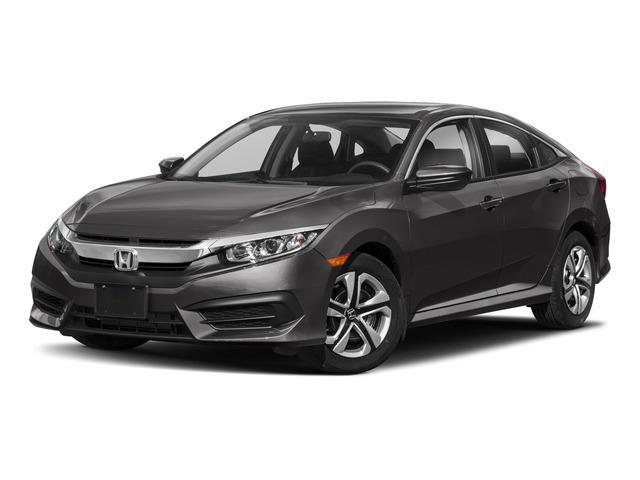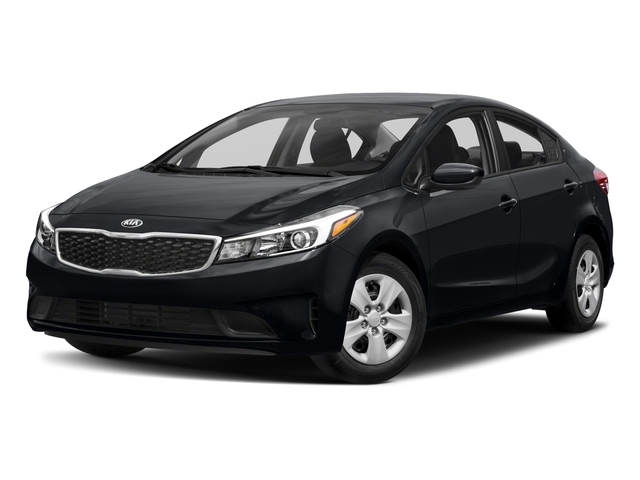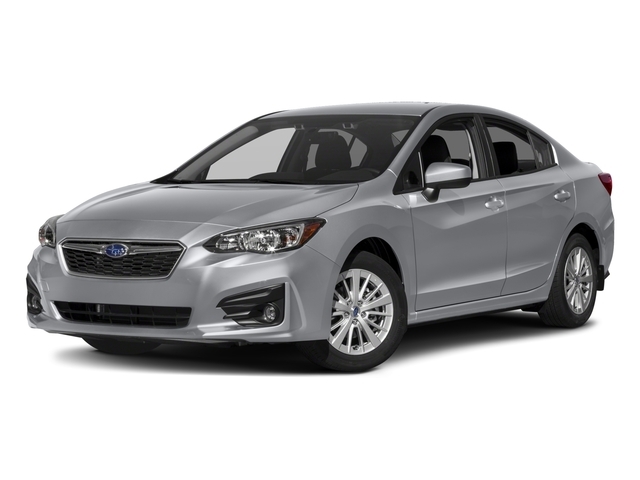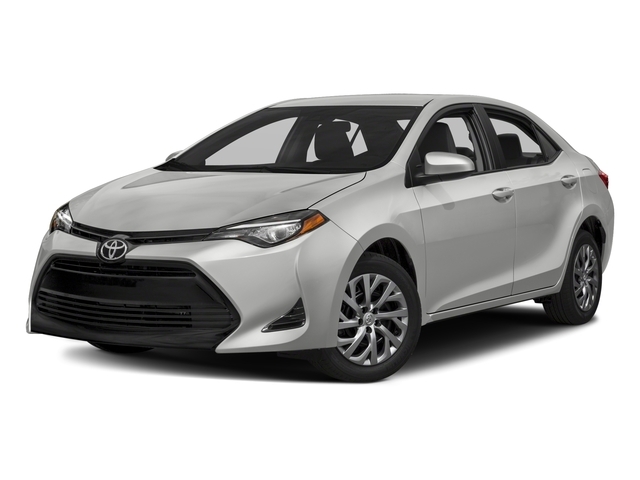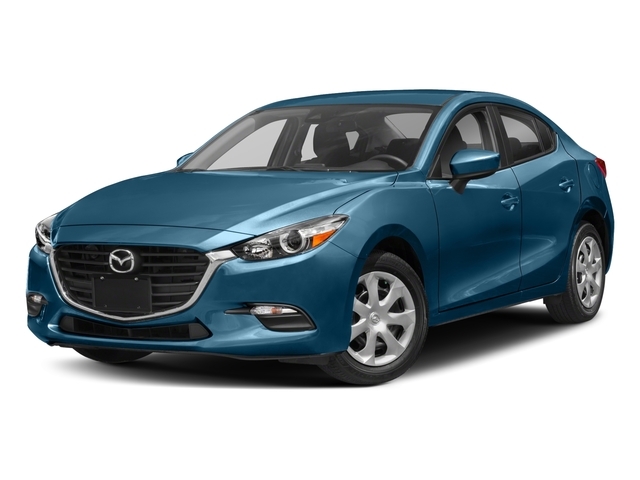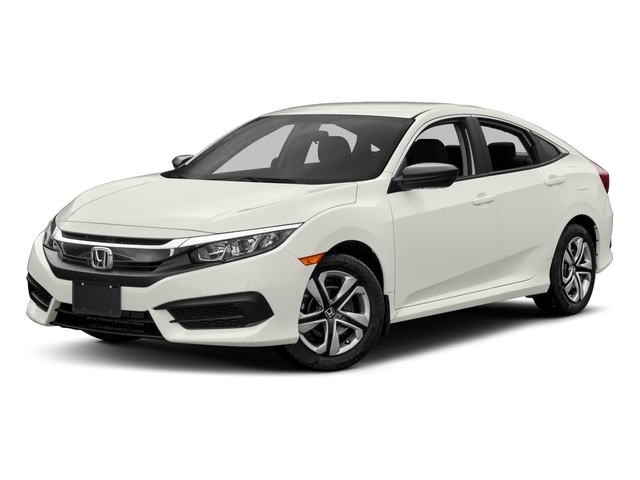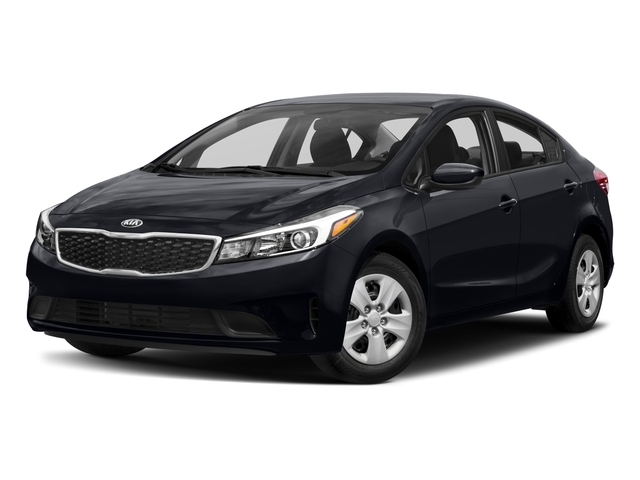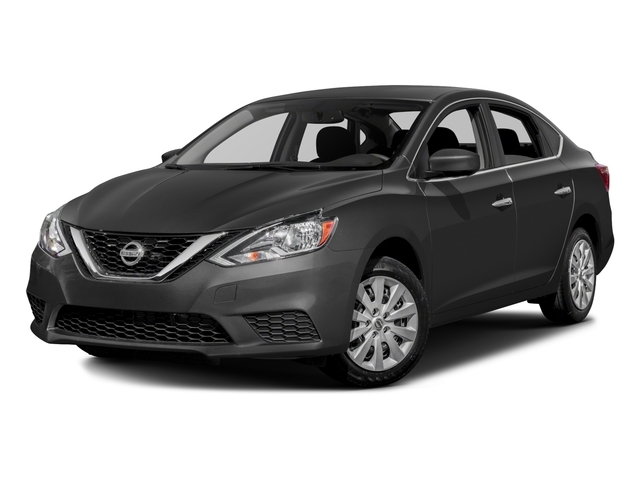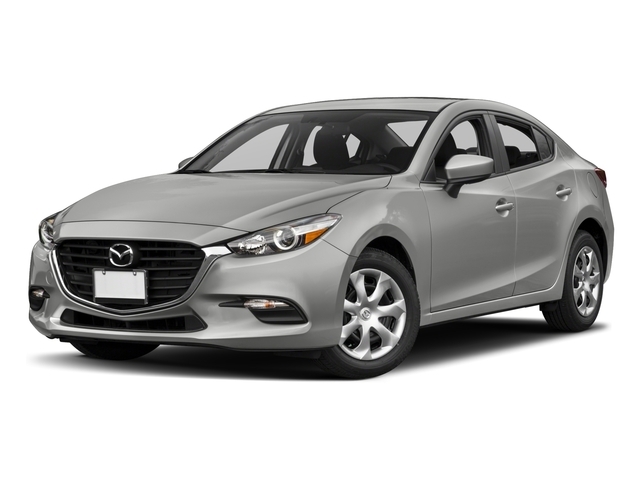
2018 Hyundai Elantra

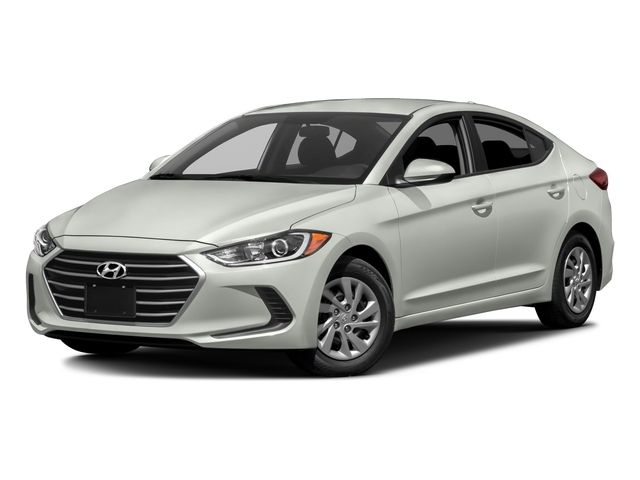
Key Specifications for 2018 Hyundai Elantra






Buyer’s Guide
Hyundai rolled out an all-new Elantra compact sedan last year in an attempt to keep pace with segment trendsetters like the Honda Civic and Toyota Corolla. We don't envy the engineers and designers tasked with that design brief, but it's not hard to see they came up with something good.
The handsome little car that resulted from that effort was deemed good enough to carry over into 2018 with no changes.
So, like last year, most Elantra models are powered by a 2.0L engine that makes 147 hp and 132 lb-ft of torque. Upping the ante is a Sport model that brings turbo power to the Elantra for the first time with a 1.6L engine good for 201 hp and 195 lb-ft. Both engines start out with a six-speed manual transmission, with 2.0L cars upgrading to a six-speed automatic and turbo models getting a seven-speed dual-clutch unit.
The Elantra Sport is much more than a stronger engine. It rides on one of the best-sorted chassis this company has ever turned out, and that lends the car handling to rival that of the VW GTI. This car may wear the name of a South Korean brand, but it has a distinctly European driving flavour and can, for the first time ever, be referred to as a sport sedan.
Conversely, non-Sport trims are engineered to satisfy the A-to-B crowd with a relaxed, refined feel and a classy interior that is a sharp contrast against the Honda Civic's ultra-modern dashboard.
Not that the Elantra's cabin isn't modern. All models get a 7.0-inch infotainment touchscreen that swells to 8.0 inches when navigation is specified. The Apple CarPlay and Android Auto smartphone integration platforms are available, too.
Standard equipment on the Elantra L Manual includes heated front seats, projector beam headlamps, and remote keyless entry, plus seven airbags. The next-up LE adds automatic, A/C, Bluetooth, and steering wheel controls. For just a hair over $20K, the GL adds a heated leather-wrapped steering wheel, blind-spot detection with rear cross-traffic alert, reverse camera, Android Auto and 16-inch alloy wheels.
As you reach the top of the Elantra model range, you'll find handy features like passive keyless entry and a hands-free trunk, along with active safety items such as lane keeping assist, automatic emergency braking with pedestrian detection and radar cruise control.
Fuel consumption estimates go as low as 8.3/6.4 L/100 km (city/highway) in 2.0L/automatic cars, with a turbo stickshift model being thirstiest at 10.7/7.8.
Review & Compare:
Photos

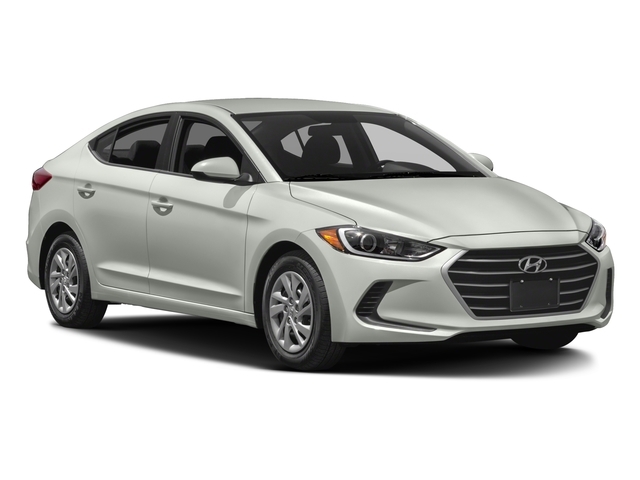
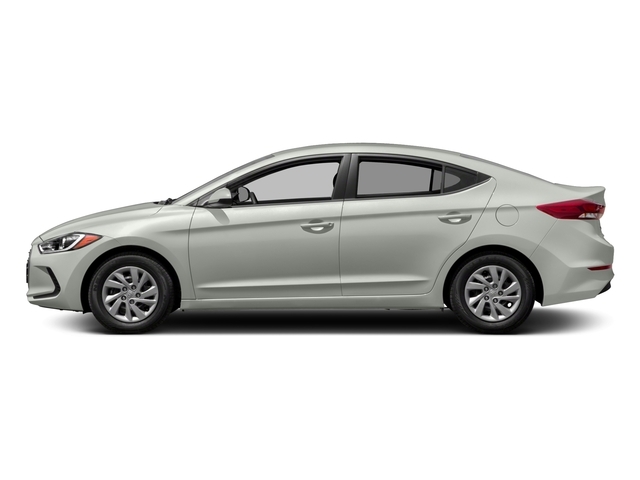

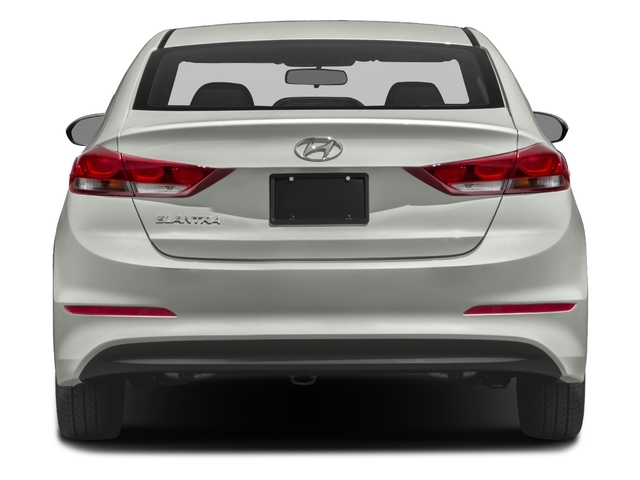
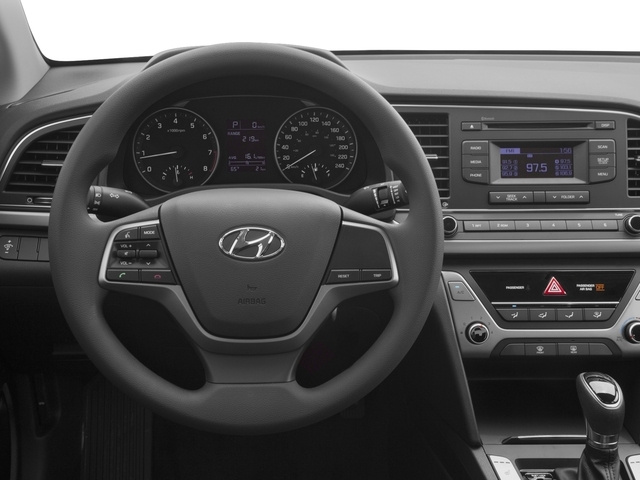
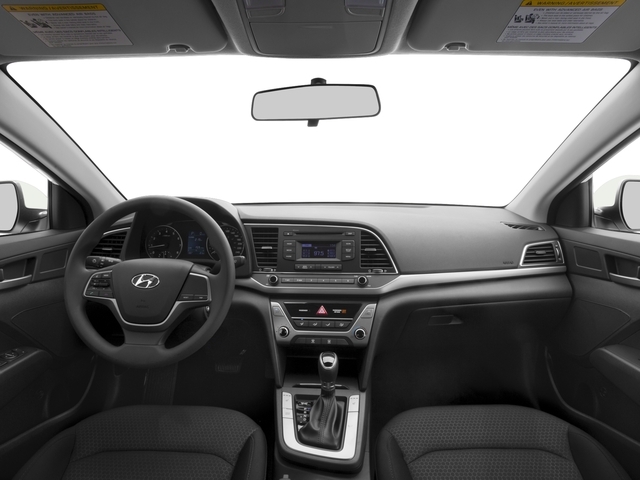


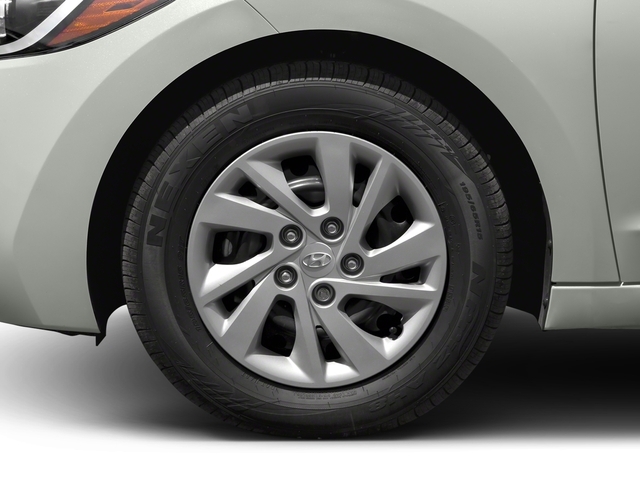
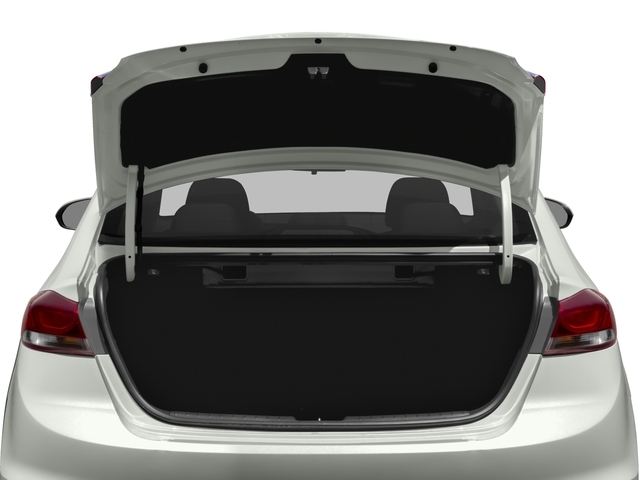

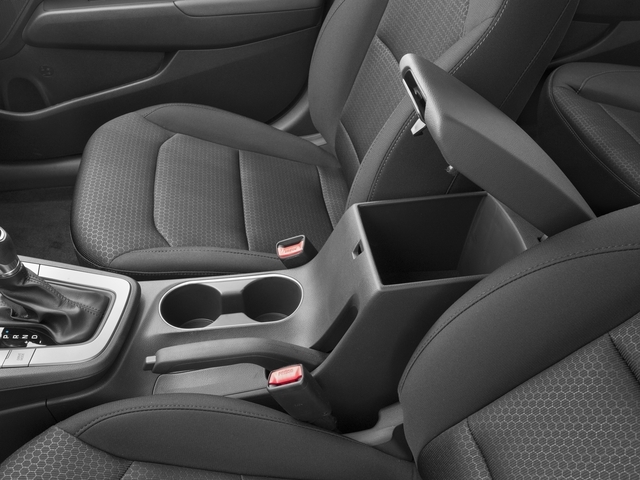
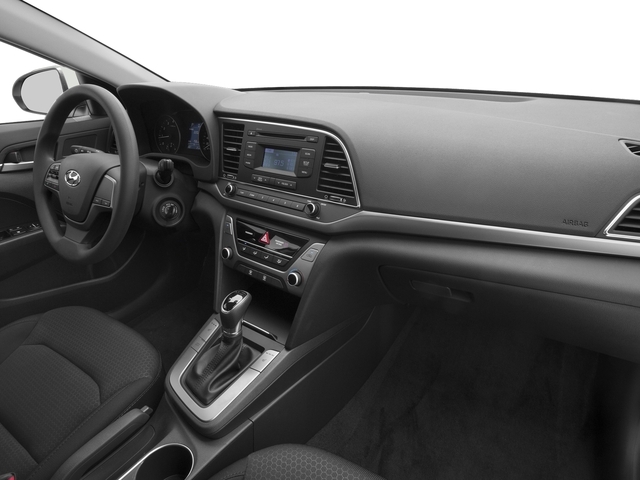
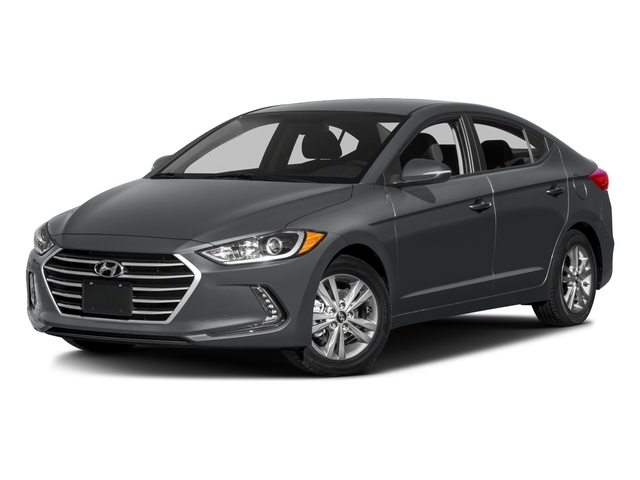
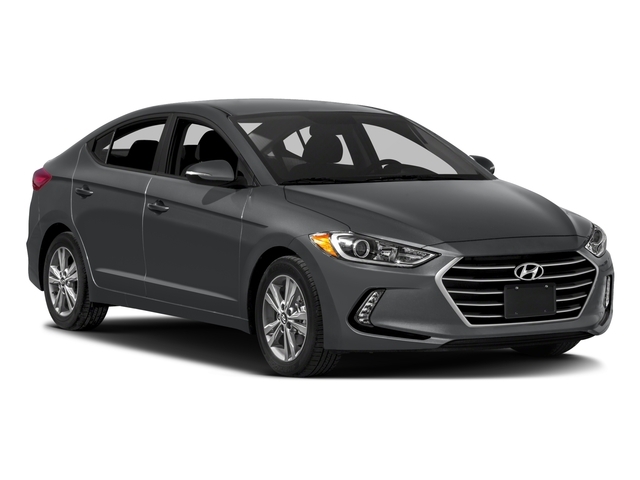
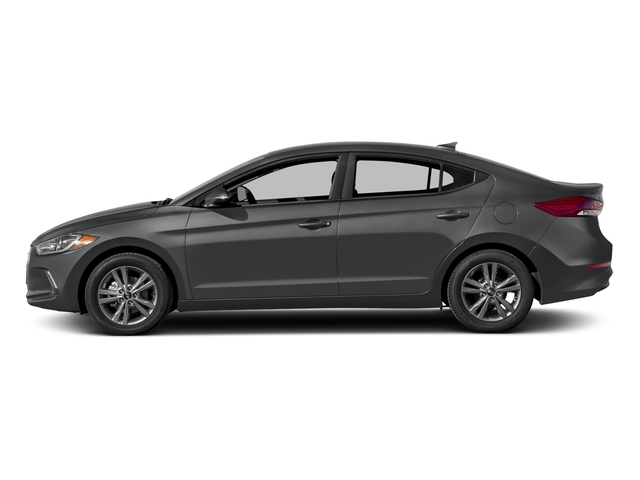
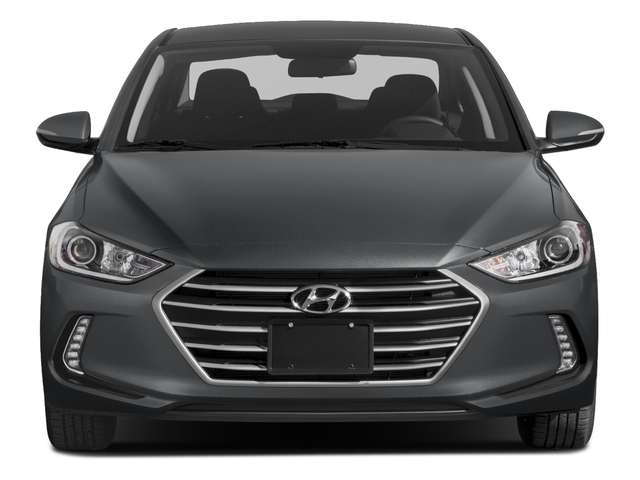
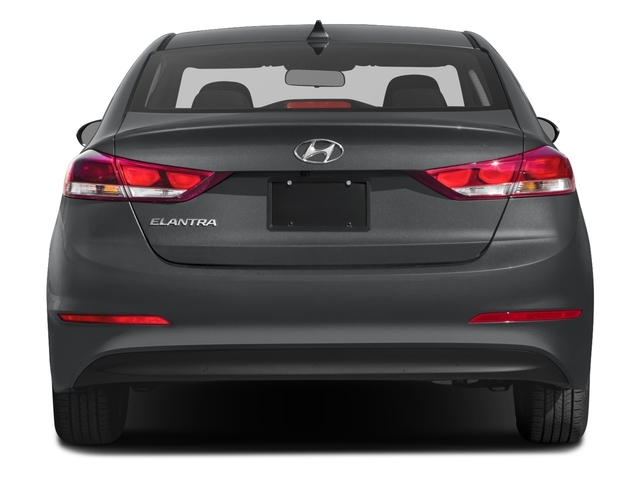
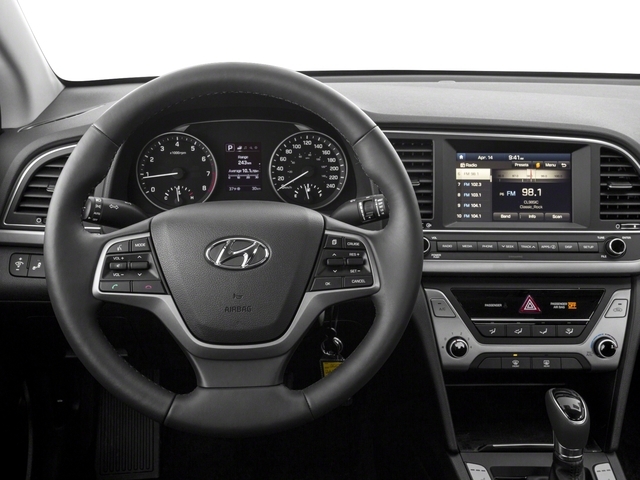
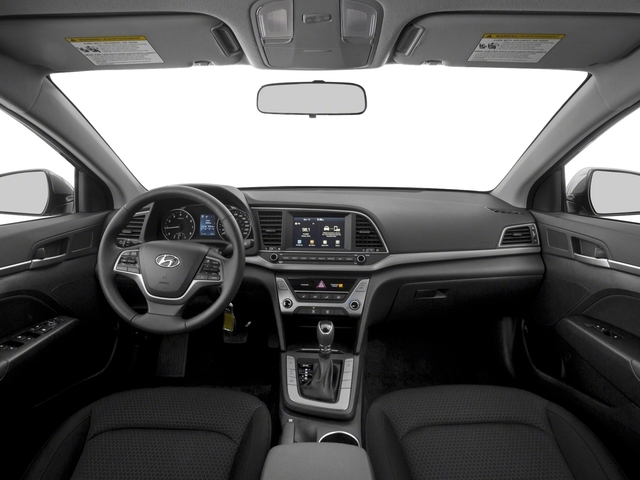
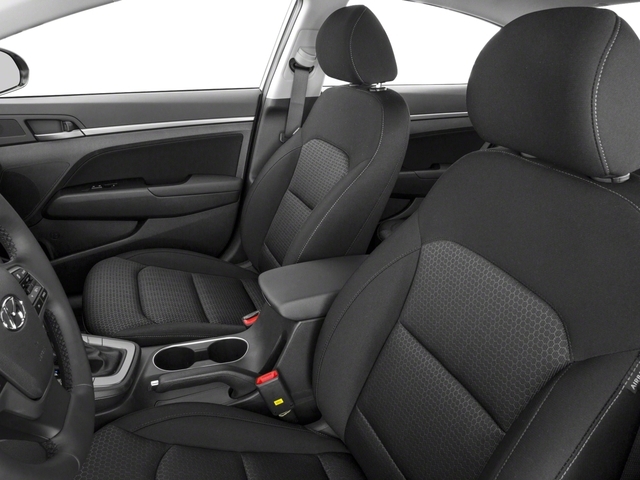
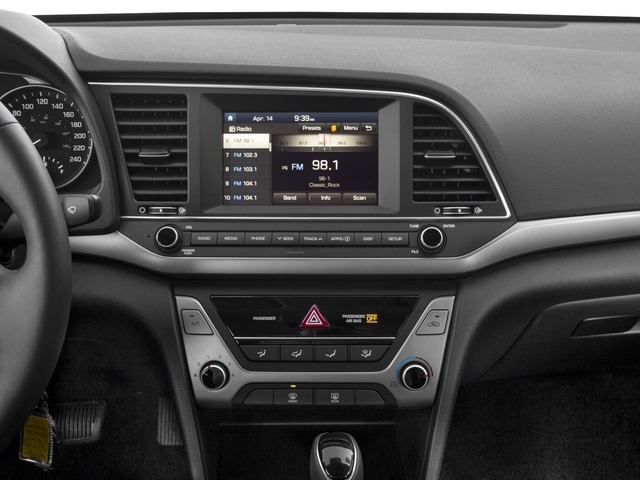
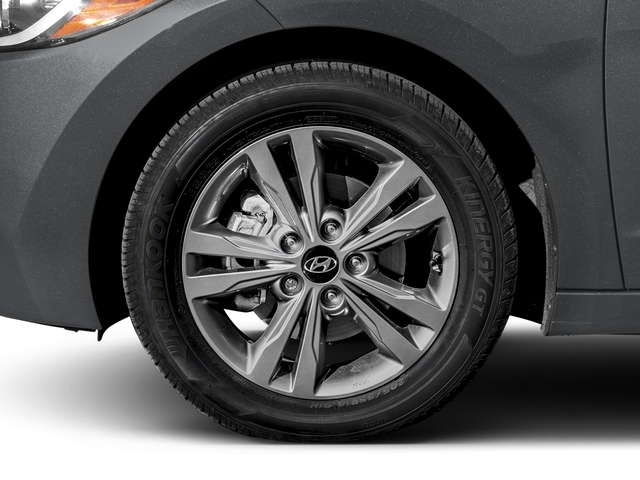
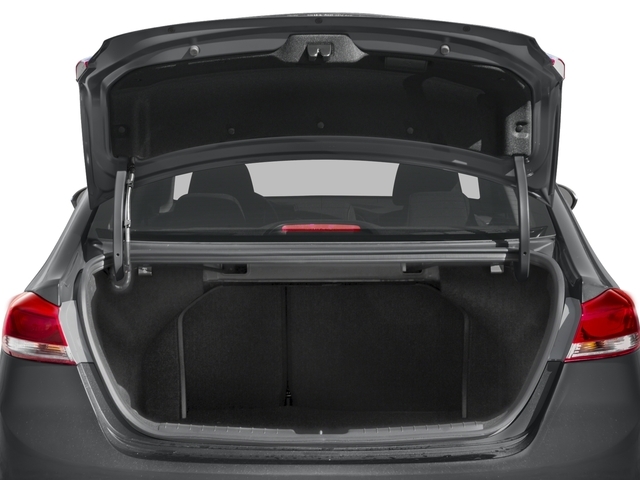
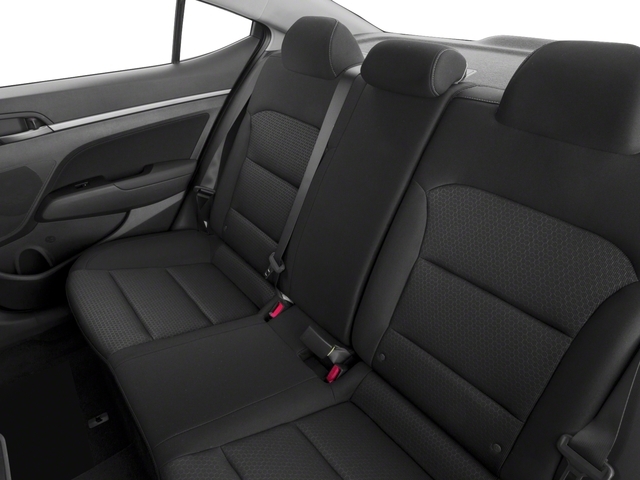
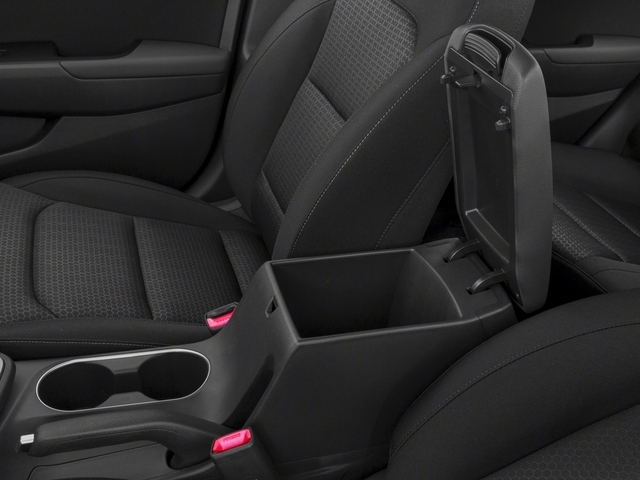
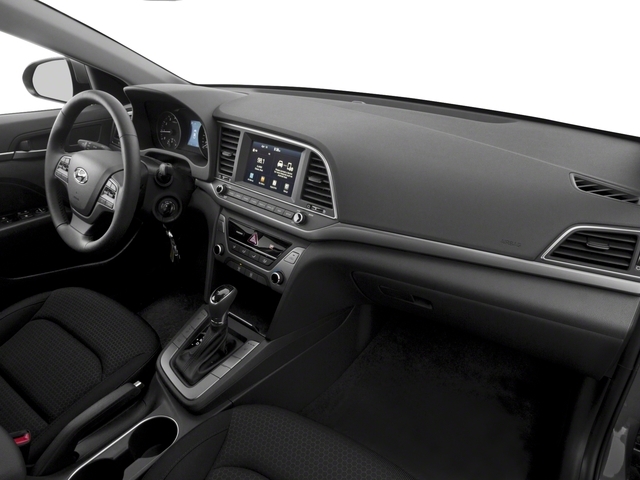

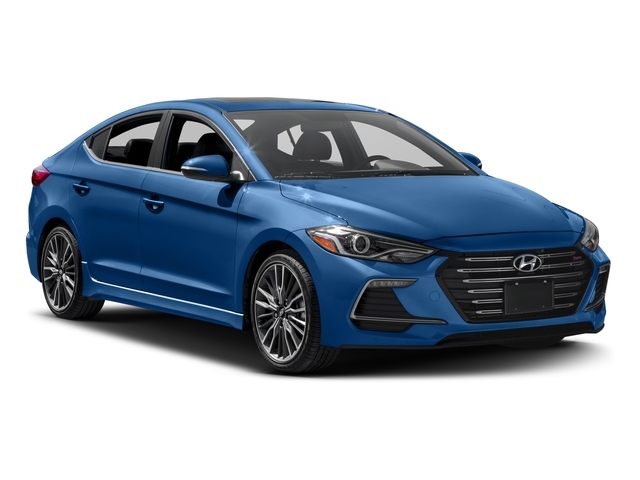
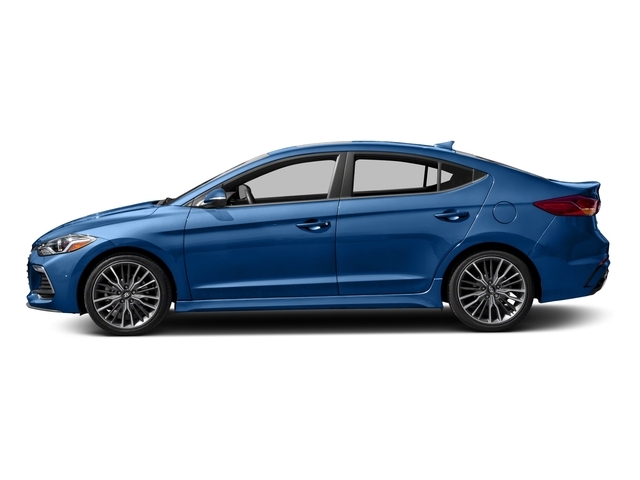
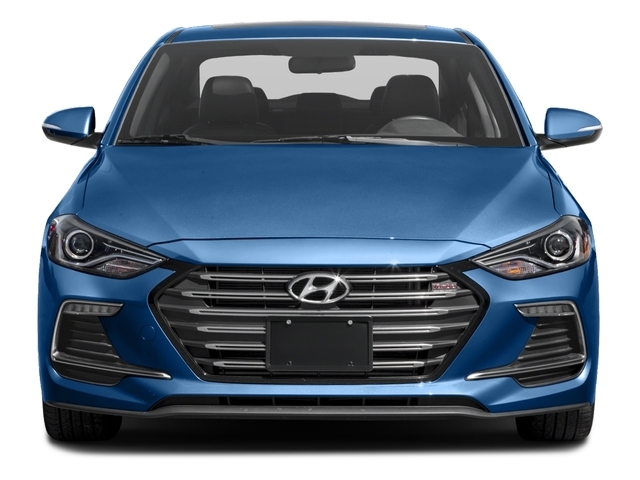
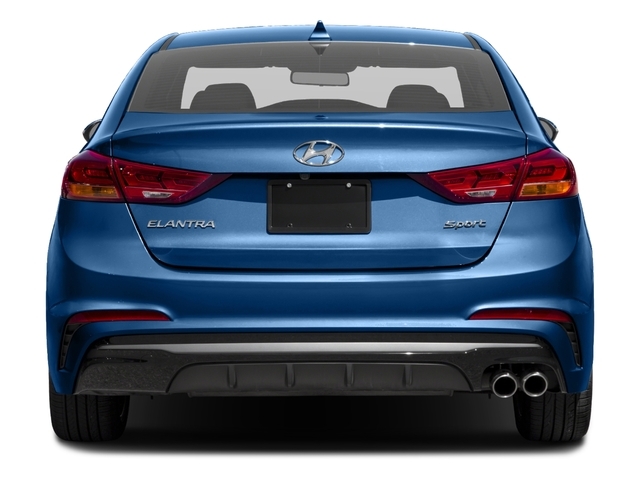
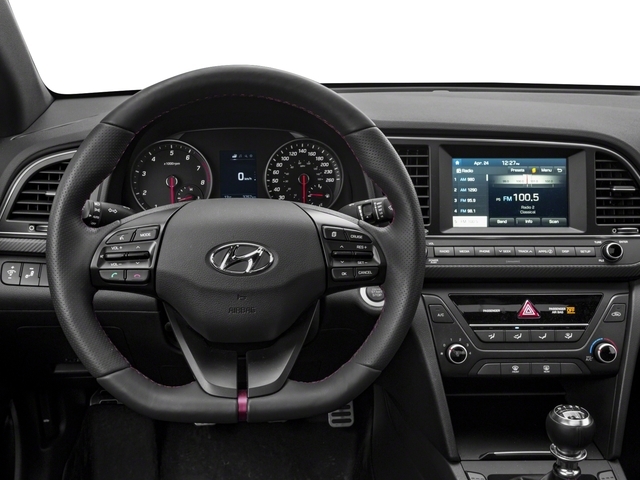
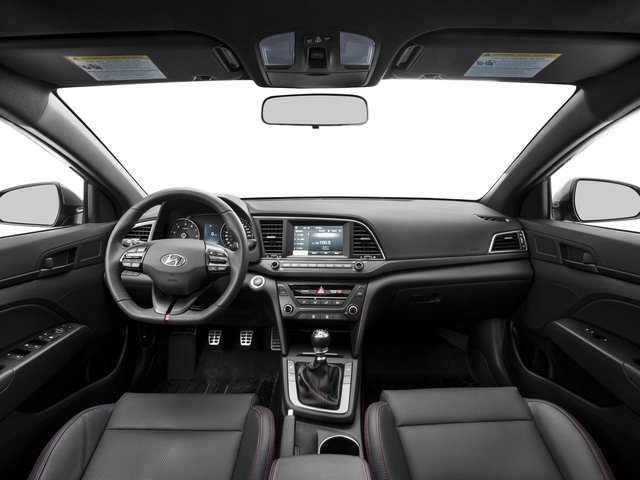
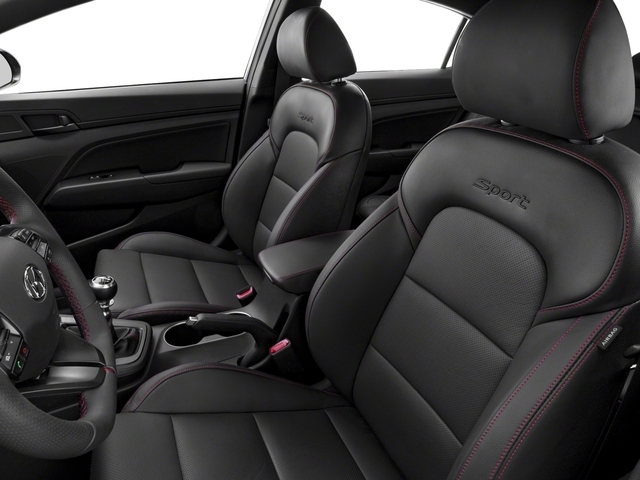
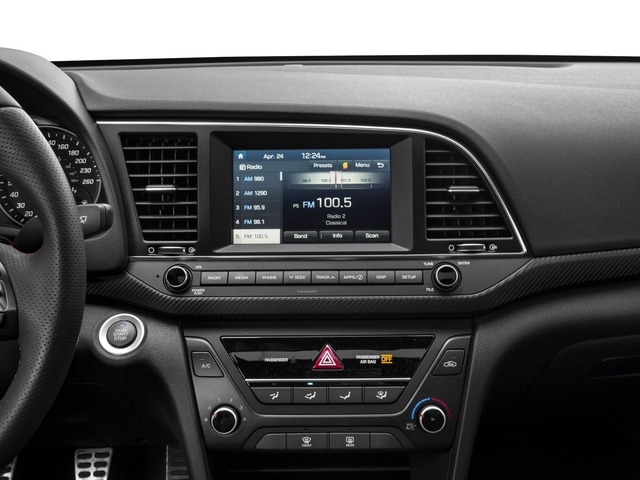

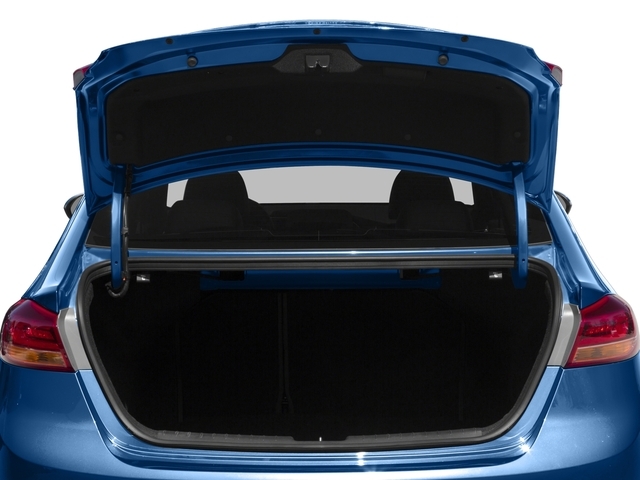
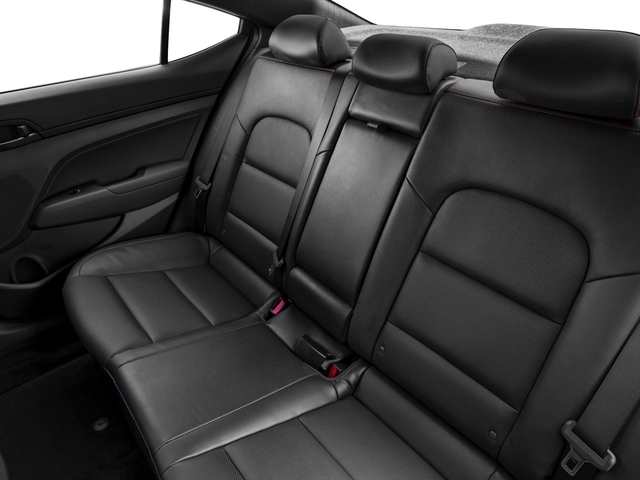
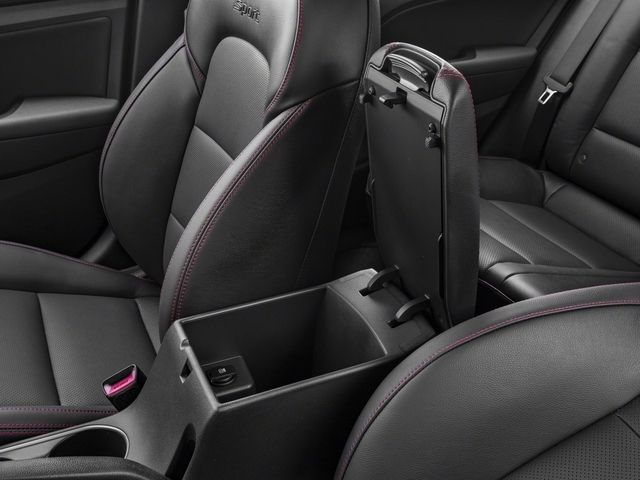
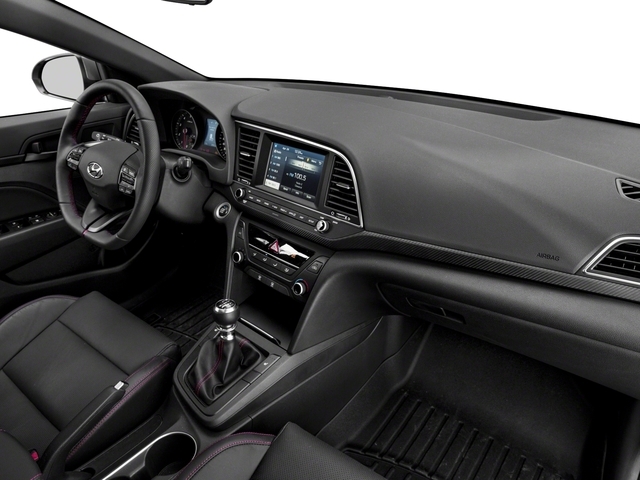
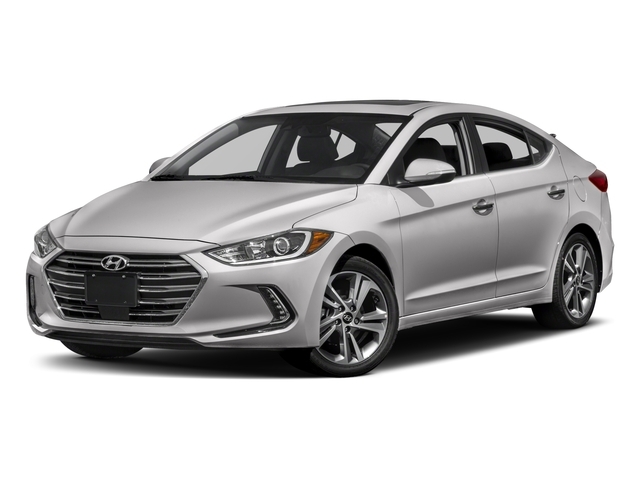
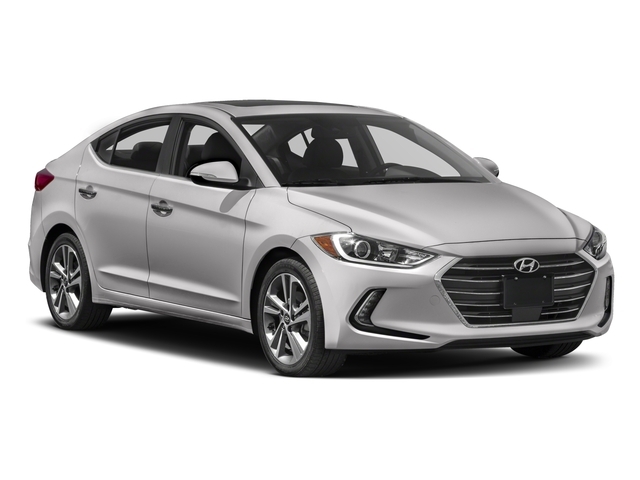
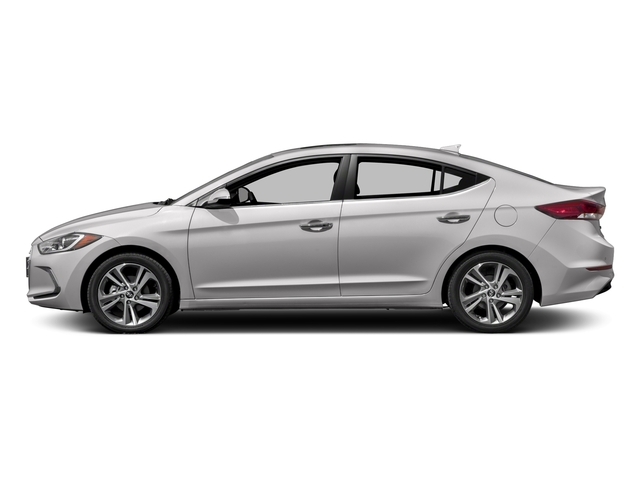
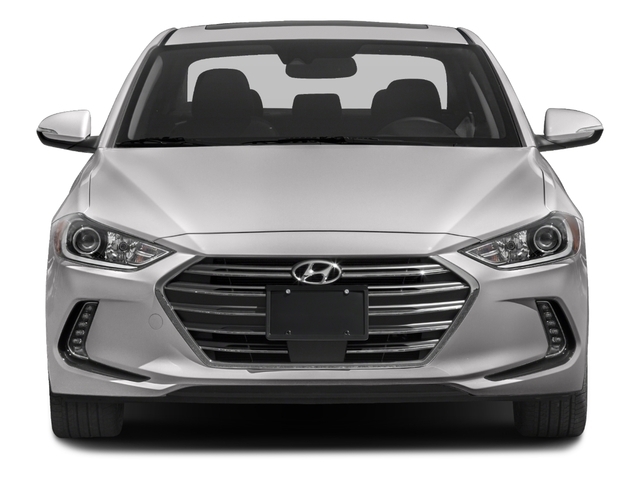
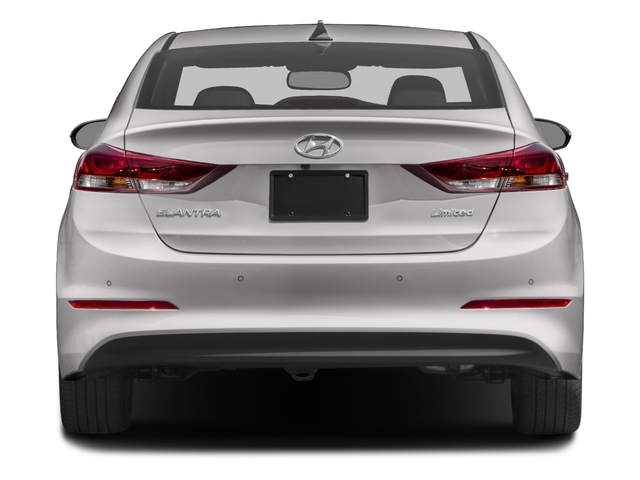
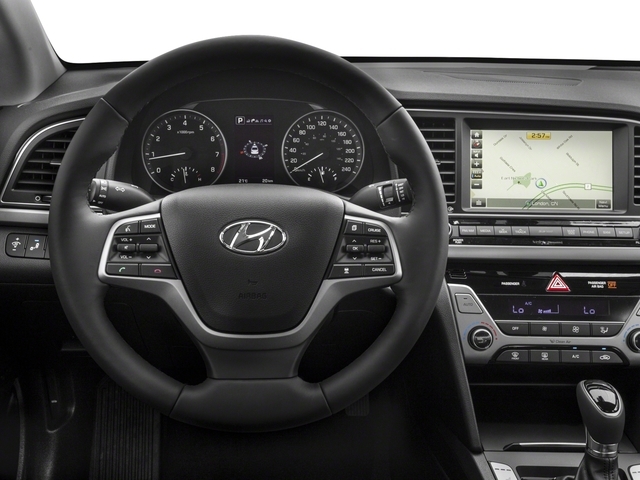


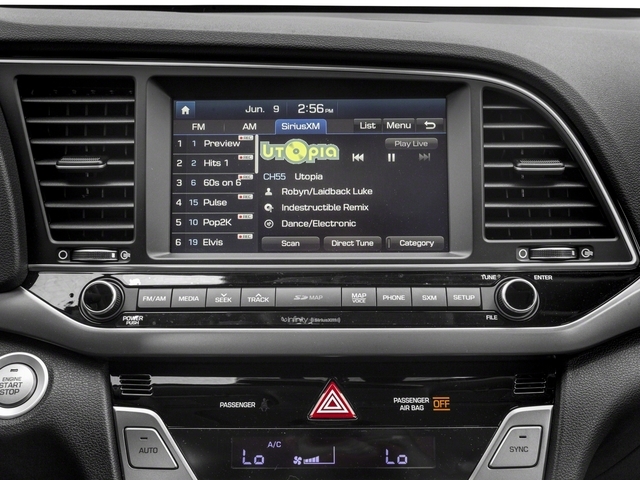
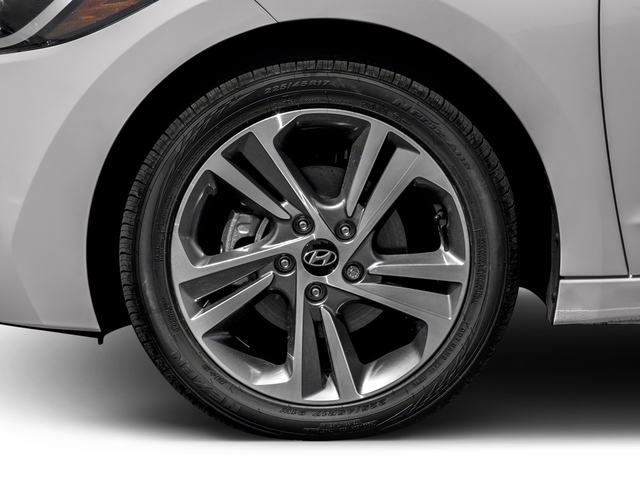
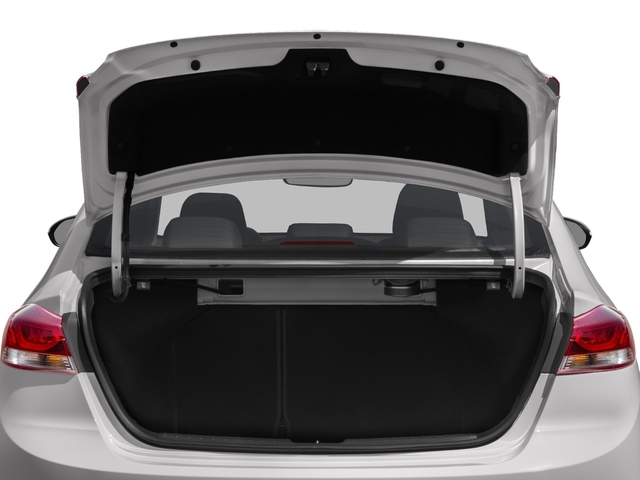
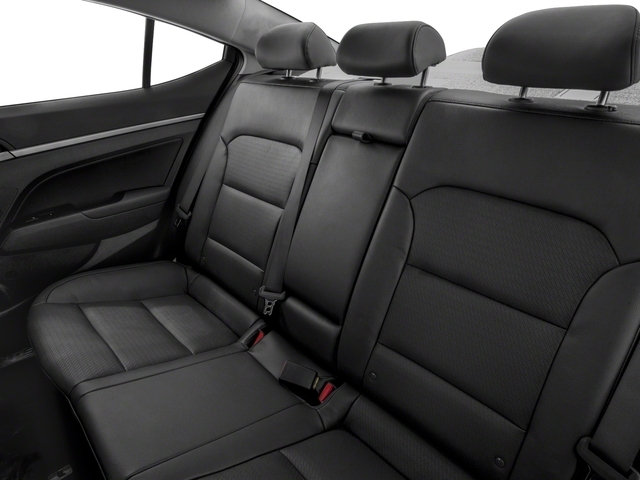
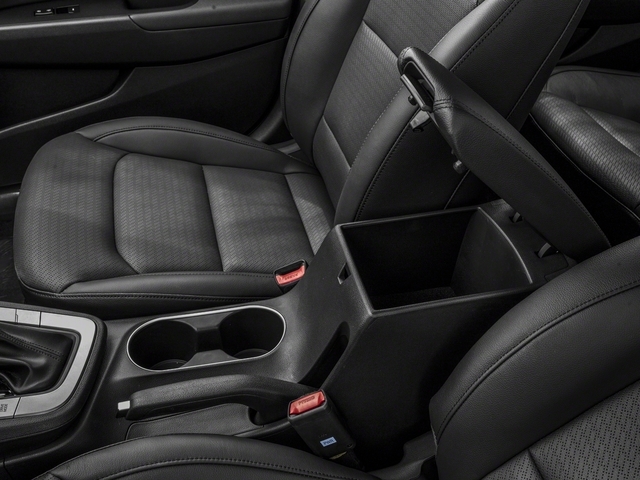
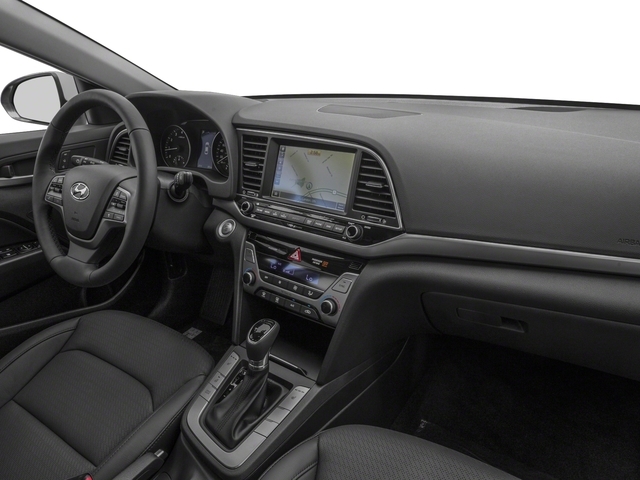
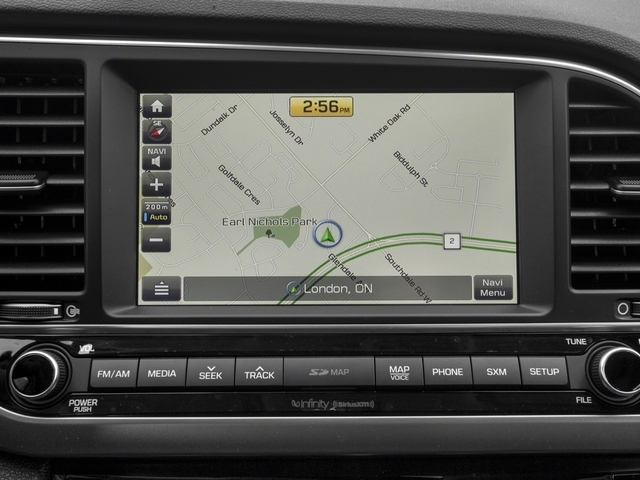

























































AutoTrader Review


This vehicle has not yet been reviewed









